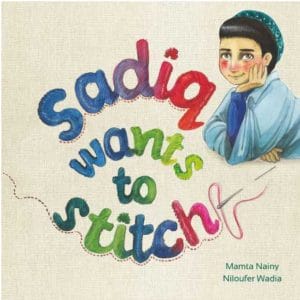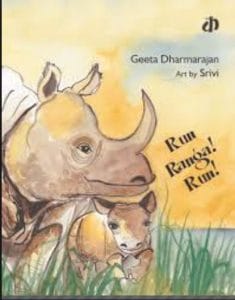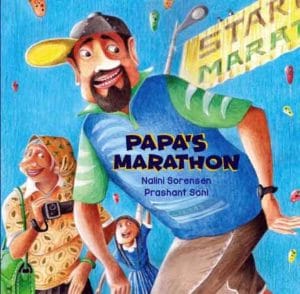What is a fairy tale?
Recently, on a Whatsapp group, I received a BBC description on Swedish folklore. It described how folklores had a profound psychological impact on people. It made me think about Grimm’s fairy tales, stories I grew up reading. These were written by Grimm and Wilhelm who published the Grimms’ Fairy Tales. Many experts have analysed these stories and have their various viewpoints. Some describe the fairy tales as evil and I wonder how it does these stories resonate with our present lifestyles? Many believe it to be an expression, an expression to help build imagination and intrigue.
So, what is a fairy tale? Fairy tales are stories and fall under the folklore genre. Fairy tales are unique in their style. They have elements like royalty, magic, hero/heroine, villain, problem & solution, a universal lesson. Fairy tales begin with “Once upon a time” and the ending with “happily ever after”. However, all fairy tales do not start and end in that fashion. There are other fairy tales like Puss in Boots, Little Red Riding Hood, that doesn’t end with “happily ever after”. The French writer, Perrault wrote Cinderella, The Sleeping Beauty, Blue Beard, The Fairies, Tom Thumb and other stories that were later translated in many different languages.
Should I teach it?
Hannah McCarley, in her research called: From Once Upon a Time to Happily Ever After: Grimms’ Fairy Tales and Early Childhood Development, describes the social and emotional impact on the child. These stories make compelling gender claims. In many stories, for example, beauty is made to be an essential aspect for growing girls, and this is seen in the tale Cinderella. In Snow White, the female character tries hard to be the most beautiful person, a sign of vanity. It indicates that the physical appearance is essential for a woman and the man wants to possess her as a piece of art. An article written by Stephen Evans on BBC Culture describes the fairy tales as being “the twisted world of Grimm’s Fairy Tales”. He says, “these stories have mutilation, cannibalism, infanticide and incest.”He continues to say, should they have been video games for children, they might have probably been banned or received some flak.” So, should I be teaching it?
Why should I teach it?
These stories are parts of historical literature and can be used as a discussion when relating to research. Fairy tales can be used to discuss gender roles and other cultural behaviours. Fairy tales teach students some realities of life. They provide an opportunity to discuss the cultural heritage as history. Some authors believe that fairy tales are a bridge between fantasy and realities of life. However, fairy tales are a part of literature. The very fact that it has not faded away makes it a classic. So teaching it in the present, needs teachers to be creative in a way that fairy tales build a bridge to understanding the past with the gift. It can also be taught using the literary style of writing and keeping the elements of the fairy tale in mind.
How should I teach it?
The News Republic, on the other hand, agrees with the violence of the fairy tales but claims that the encourage heroic deeds for the young boys and help fearful girls to become brave but finally to settle with a prince. How appropriate are these stories for the present-day lives? How can we use this literature to help students think, wonder and transform?
You can use the French and English fairy tales and compare it with the Indian tales that have similar fairy tales features. You can use stories like the Ivory and the Fairy Princess, Diamond Cut Diamond, Folklore of Bengal, and some printed ones are Anklet for a Princess (similar to Cinderella) and Indian Fairy Tales. (Read Write Document sample)
What can librarians do with fairy tales?
Librarians can use fairy tales as a unit of discussion for a month.
- Discuss cultural differences.
- Compare and contrast fairy tales from different countries.
- Discuss gender aspects.
- Craft different endings to the fairy tales.
- Use the fairy tale elements to rewrite it to make it appealing to the modern setting. For example: Use the Jack and the Beanstalk and let the plot deal with current issues. Ask questions like, What if Jack was climbing up the ladder of success, instead of the tree. What would his experience be? Describe what he would see, what are the different aspects that may cause his fall, who would be the ogre? And how would Jack reconcile at the end? Another example: Snow White and the Seven Dwarfs, change the stepmother into a nice person and transform the story – all stepmothers aren’t bad.
- For younger students, students can create their fairy tales using any elements of a fairy tale; magic, once upon a time, fairies, royalty, problem and solution.
- For high school students, they can create a drama script of the fairy tale.
- Readers theatre for all ages
Librarians must move away from colouring and bookmark making activities to more meaningful engagements to support students love for reading and building on their literacy skills of analysis and deeper comprehension.
Fairy Tale Resources
Here is another resource that can help the librarian. Fairy tale ideas for preschool. Read Write Think resources for fractured fairy tales and other resources for all ages. And, more resources for teaching fairy tales to high-school students.
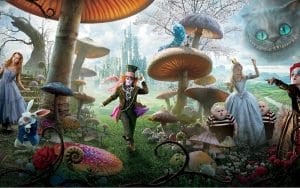
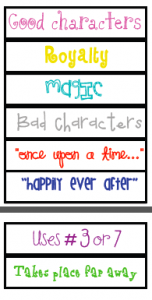
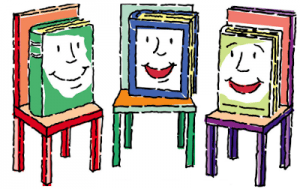
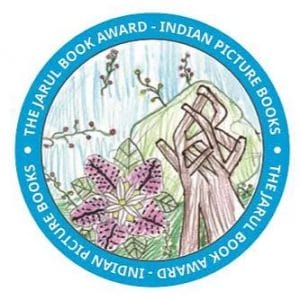 oice Award, empowering children to read, voice their choice and select the best one based on criteria that students will need to consider.
oice Award, empowering children to read, voice their choice and select the best one based on criteria that students will need to consider.